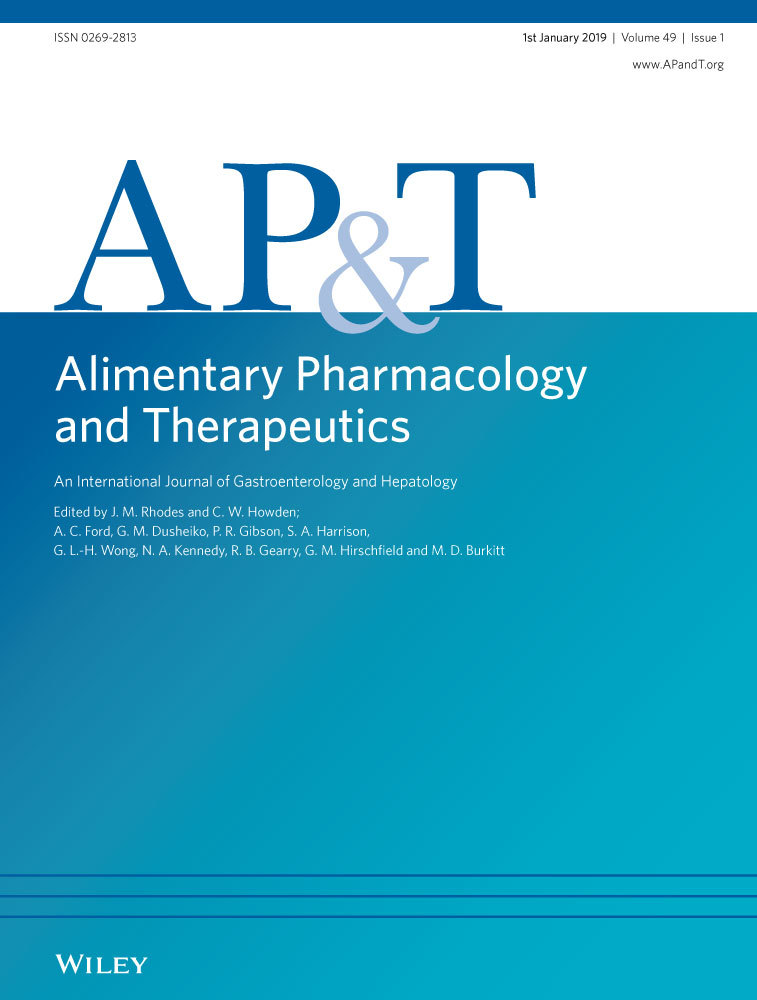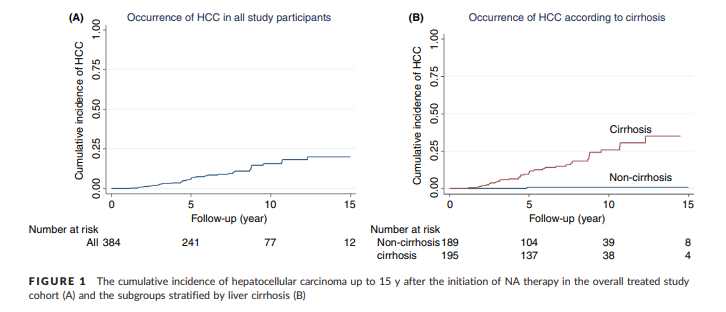Featured Scientist

Author published in"Alimentary Pharmacology & Therapeutics" affiliate to
Division of Gastroenterology and Hepatology,
Fu-Jen Catholic University Hospital, Taiwan
Article published in
"Alimentary Pharmacology & Therapeutics" Volume48, Issue10, Novemer 2018,Pages 1128-1137
Serum M2BPGi level and risk of hepatocellular carcinoma after oral anti-viral therapy in patients with chronic hepatitis B
Abstract
Background: Mac-2 binding protein glycosylation isomer (M2BPGi) is an emerging biomarker for risk prediction of liver disease, but data remain sparse for patients with chronic hepatitis B (CHB) who are treated with nucleos(t)ide analogues (NA).
Aim: To clarify serial changes in M2BPGi and its association with subsequent hepatocellular carcinoma (HCC) development in NA-treated CHB patients.
Methods: We enrolled 384 previously untreated CHB patients who received NAs. Among them, 195 had baseline cirrhosis (n = 142:48:5 for Child A:B:C). Sera were collected at NA initiation, and after 1 and 2 years. Serum M2BPGi levels were measured and expressed as cut-off index (COI) at different time points. The association between M2BPGi and HCC was evaluated by the Cox proportional hazard model.
Results: The median M2BPGi levels significantly decreased from 1.68 COI at baseline, to 1.0 at year 1, and 0.88 at year 2. During median follow-up of 72.7 months, HCC occurred in 37 patients, 36 of whom had cirrhosis. In patients with cirrhosis, baseline M2BPGi level was associated with HCC risk (adjusted hazard ratio, 1.07 per COI; 95% CI, 1.01-1.14) on the multivariable Cox analysis, whereas levels at year 1 or 2 were not independently predictive. A risk score for HCC was developed using baseline M2BPGi, age and body mass index with c statistics of 0.77, 0.79 and 0.87 at 3, 5 and 10 years, respectively.
Conclusions: Serum M2BPGi level significantly decreases after NA treatment in CHB patients. Baseline level can be factored into the risk prediction of HCC in NA-treated patients with cirrhosis. [Full article]

47 views